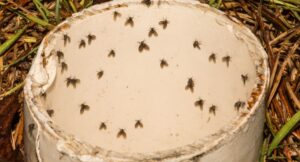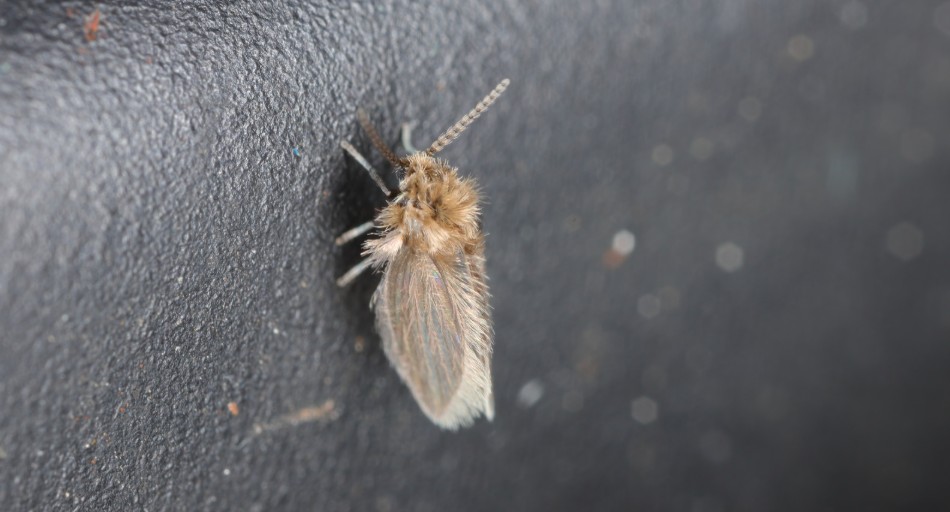Drain flies, also known as sink flies or sewer gnats, can appear out of nowhere and quickly become a nuisance in your home. These tiny, moth-like insects are often seen hovering around sinks, bathtubs, or drains.
While they might seem harmless, their sudden presence is usually a sign of an underlying issue. In this blog, we’ll explore why drain flies may have invaded your home, steps you can take to prevent them, and how to keep them from coming back.
Why Do I Suddenly Have Drain Flies?

The sudden appearance of drain flies is often linked to issues within your home’s plumbing system. Here are the main reasons you might notice them:
- Standing Water in Drains: Drain flies thrive in stagnant water where organic matter has built up. This creates the perfect breeding ground for their larvae. If a drain isn’t regularly cleaned or used, it can become a hotspot for drain flies.
- Organic Debris Buildup: Soap scum, grease, hair, and other debris trapped in drains serve as food for drain flies. Over time, this accumulation can create a breeding environment deep within your pipes.
- Leaks or Moisture Issues: Leaky pipes or damp areas around your plumbing can attract drain flies. Even a minor leak can create the right conditions for their larvae to develop.
- Seasonal Factors: Drain flies are more common during warm and humid weather. They thrive in moist environments, so you may notice an increase during spring and summer months.
Preventive Measures for Drain Flies

Getting rid of drain flies and preventing their return requires both immediate action and long-term strategies. Here’s how you can tackle the problem:
- Clean Your Drains Regularly: Use a pipe brush or drain cleaner to remove organic buildup in your drains. For a natural solution, pour a mixture of baking soda and vinegar down the drain, followed by boiling water.
- Fix Leaks Promptly: Inspect your plumbing system for leaks and repair them as soon as possible. Drying out damp areas will make your home less attractive to drain flies.
- Keep Drains Covered: Use drain covers or strainers to catch debris before it goes down the pipes. This reduces the amount of organic material that can accumulate in your plumbing.
- Eliminate Standing Water: Check for areas where water may pool, such as sinks, showers, and even outdoor areas. Empty and clean these spaces to discourage drain fly activity.
- Use Enzyme-Based Cleaners: Enzyme-based drain cleaners break down organic matter without harsh chemicals. Regular use can keep your drains clean and free from fly-attracting debris.
Conclusion
The sudden appearance of drain flies can be frustrating, but understanding their habits and knowing how to address the root cause will help you manage them effectively. Keeping your drains clean and addressing moisture issues promptly can go a long way in preventing future infestations. If the problem persists, consulting a pest control services can provide a long-term solution.






